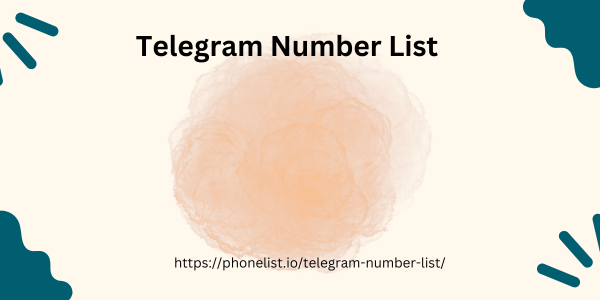Infrared (IR) and radio frequency (RF) communication are two different methods of wireless data transmission, each with its own Belarus Telegram Material advantages and disadvantages. Here’s a comparison:
Infrared Communication:
Frequency Range: Typically operates in the infrared spectrum, around 900 to 1600 nanometers.
Transmission Medium: Requires a direct line of sight between the transmitter and receiver.
Range: Limited range, usually within a few meters.
Interference: Susceptible to interference from ambient light and other sources of infrared radiation.
Applications:
Radio Frequency Communication:
Frequency Range: Operates in the radio frequency spectrum, typically from 3 kHz to 300 GHz.
Transmission Medium: Can Belarus Telegram Database penetrate walls and obstacles.
Range: Can have a much longer range than infrared, depending on the frequency and power.
Interference:
Key Differences:
Frequency Range: IR operates in the infrared spectrum, while RF operates in the radio frequency spectrum.
Line of Sight: IR requires a direct line of sight, while RF can penetrate obstacles.
Range: RF generally has a longer range than IR.
Interference: Both are susceptible to interference, but RF is more likely to be affected by other radio sources.
Choosing the Right Technology:
The choice between IR and RF depends on the specific requirements of the application. IR is suitable for short-range, line-of-sight Phone Number Library applications, while RF is better suited for longer-range or non-line-of-sight communication.
Factors such as cost
Power consumption, and regulatory requirements should also be considered.
More susceptible to AU Emai List interference from other radio sources, such as other wireless devices.
Applications: Wi-Fi, Bluetooth, cellular networks, radio broadcasting.
Remote controls, short-range data transfer between devices, industrial automation.

